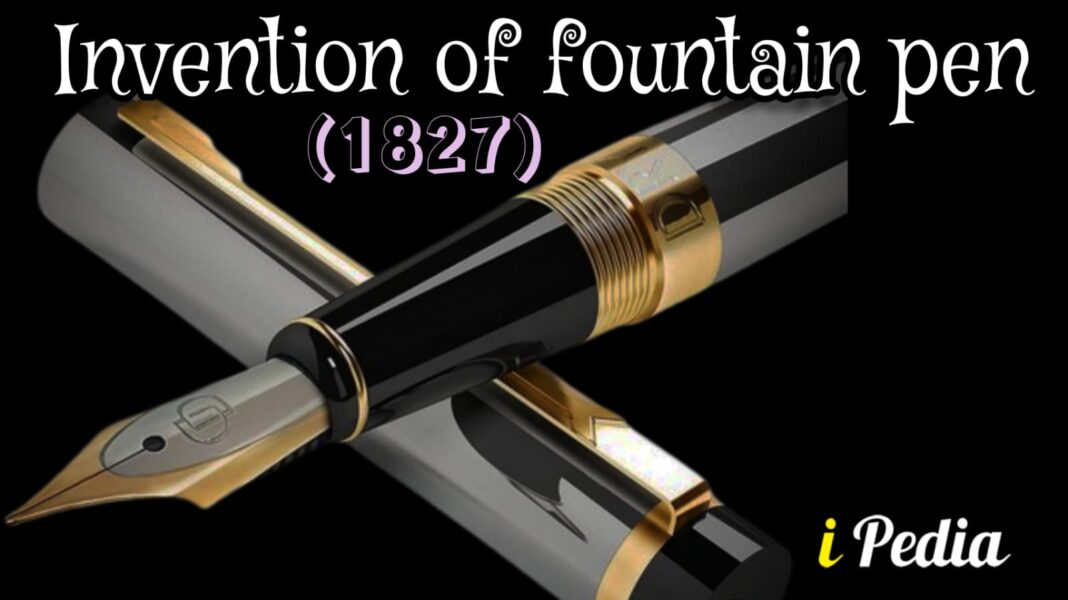The invention of the modern fountain pen is really more a story of perfection than invention. In 1883, more than fifty years after the fountain pen was first invented, a New York insurance broker, Lewis Waterman, was set to sign an important contract and decided to honor the occasion by using the standard ink-filled pen of the day. However, fountain pens were notoriously unreliable, especially in their capacity to regulate their ink flow, so when the pen spilled ink across the contract so that it could not be signed, Waterman decided to do something about it.
Within a year Lewis Waterman had designed the world’s first practical, usable, and virtually leakproof fountain pen. To regulate the flow of ink he successfully applied the principle of capillary action, with the inclusion of a tiny air hole in the nib of the pen along with grooves in the feeder mechanism to control the flow of ink from his new leakproof reservoir to the nib. Although Waterman deserves credit for the invention of the modern fountain pen we know today, he nonetheless stood on the shoulders of many who had gone before.
As early as the beginning of the eighteenth century, the chief instrument-maker to the king of France, M. Bion, crafted fountain pens with nibs, five of which survive to this day. The first steel pen point was manufactured in 1828, thought to be invented by Petrache Poenaru, and in the 1830s the inventor James Perry had several unsuccessful attempts at designing nibs that employed the principle of capillary action. But it was Lewis Waterman who overcame every obstacle and crafted a successful pen. It was so successful that by 1901, two years after Waterman’s death, more than 350,000 pens of his design were sold worldwide.
Also Read – Invention Of Ice- Cream Maker (1843)



